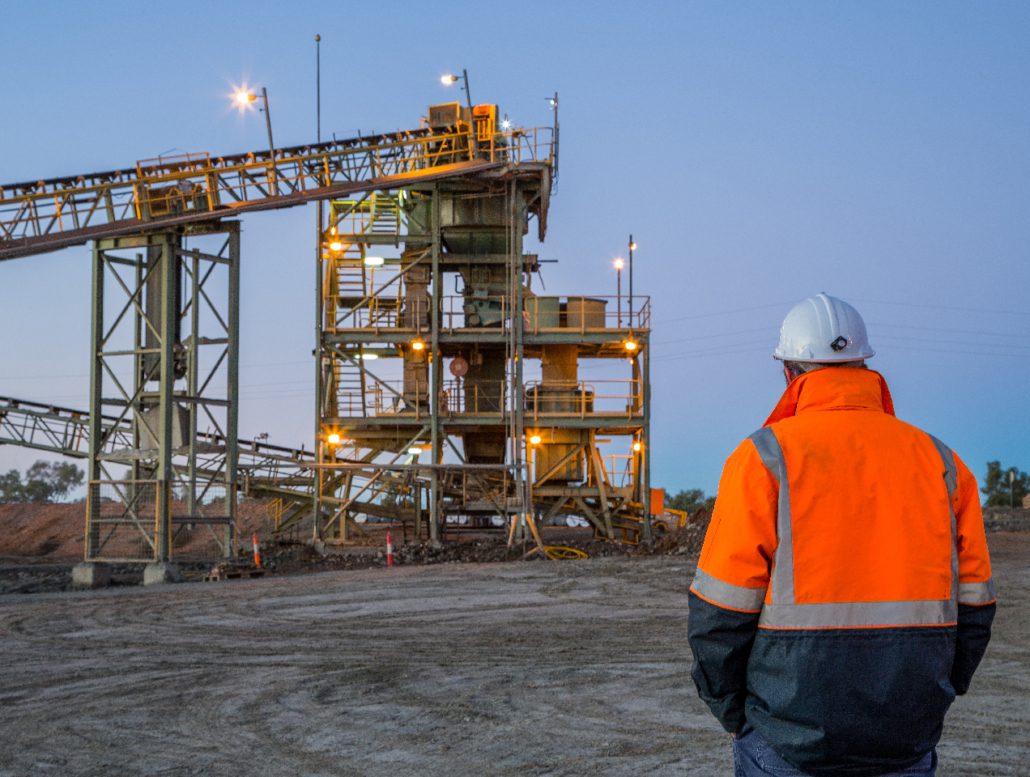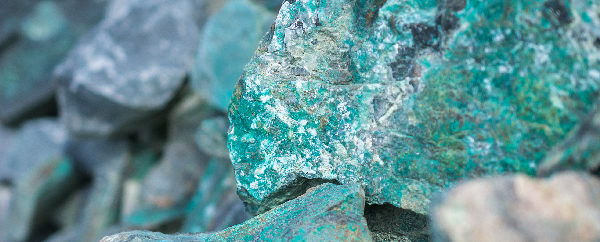Market capitalisation among the top mining companies in the world fell in 2018 despite positive trading performance, according to the PwC Mine 2019 report.
Some of the headline figures from the study of the planet’s 40 largest mining firms include:
- EBITDA up 4% in 2018 at $165 billion.
- Revenue up 8% at $683 billion.
- Total shareholder dividends up 13% to a record $43 billion.
- Market capitalisation down 18% in 2018 to $757 billion.
Total market investment in the 40 top mining companies in the world recovered slightly in spring 2019, the report notes, reaching a healthier $849 billion by the end of April.
Production is up by 2%, commodity prices are up, cash flows are higher, debt paid down and forecasts predict performance will be steady throughout the rest of 2019 – so why aren’t investors impressed?
Stable revenues
Some of the negative factors in the market include slightly weaker prices for copper and coal, although these are compensated by higher iron ore prices and generally higher production overall.
As a result, PwC predict stable revenues for 2019. Yet despite the early 2019 recovery, at the end of April capitalisation was still 8% lower than it was at the end of 2017.
The problem is not poor performance, but better performance elsewhere – PwC noted that shareholder returns in mining over the past decade and a half have been lower than the market average and perhaps even more crucially, lower than in closely comparable sectors like gas and oil.
Jock O’Callaghan, global mining and metals leader at PwC, said: “One thing is clear – mining requires more than good financial performance to continue to create and realise value in a sustainable manner.
“We believe that the market has reservations about the mining industry’s ability to respond to the risks and uncertainties of a changing world.”
What are the risks?
Mr O’Callaghan listed three current trends in the market that the major mining firms must address if they are to continue to attract investment on top of their already strong cash flows and balance sheets.
These three issues are:
- Climate change.
- Shifting consumer sentiment.
- Adoption of technology.
In general, he added, mining companies need to restore investors’ faith in the sector as a brand, showing a focus on consumers and on greener mining, all enabled by adoption of modern technologies.
Solvent and liquid
Despite investors’ apparent lack of confidence in the market, the 40 biggest mining companies have been strengthening their positions since the end of 2017.
Over the course of 2018, they paid down $15.5 billion of debt, taking the industry’s gearing position below the average for the previous ten years.
PwC reported that “all liquidity and solvency ratios improved during the year” to give the sector strong cash flows and balance sheets.
This was accompanied by an increase in capital expenditure – which had previously been at an all-time low – with the top 40 spending $57 billion in 2018, a 13% increase.
Nearly half of that expenditure was allocated to ongoing projects, a possible indication of remaining caution among the major mining brands.
With coal prices still high, capex on the fossil fuel remained steady year-on-year, while the largest investments were made in gold and copper at a combined total of $30 billion.
Rewards for shareholders
For those investors who put money into mining – or already had mining stocks in their portfolios – performance was by no means poor either.
Shareholder distributions reached $43 billion, a record figure driven in part by an 11% rise in operating cash flows with a yield for 2018 of 5.5%.
Buybacks were particularly high at $15 billion compared with just $4 billion in 2017 – with Mr O’Callaghan calling the increase “welcome news in the short term” for investors, but questioning whether it would prove costly in the future if long-term capital remains challenging to find.
“Equity raisings during the year remained at a paltry $3 billion,” he said, “lower than the preceding two years.”
More than a fifth of distributed value went to government via royalties and taxes in 2018, up by two percentage points from 19% in the previous year.
And a similar amount was paid to employees, who received 22% of the top 40 firms’ total value distribution in 2018.
Consolidation in gold
Gold is always a focal point of any mining report and PwC’s Mine 2019 is no exception, identifying a period of consolidation in the market in recent years.
A “flurry of activity” in gold mining M&A saw total mergers and acquisitions in the mining sector hit $30 billion, a 137% rise between 2017 and 2018.
Within the gold segment in particular, influences include a smaller number of high-grade discoveries, weaker funding for junior developments and a diminishing pipeline of future projects.
In terms of value, a quarter of M&A activity in 2018 related to gold, up from 8% in 2017 – and in 2019 to the end of April, nearly 95% of deals among the top 40 firms concerned gold, according to the report.
Mr O’Callaghan concluded: “In the current market, gold mining companies need to be rigorous and disciplined with prospective deals.
“Investors are still reeling from the spate of overpriced deals between 2005 to 2012, the value of which has now been lost.”
https://www.pwc.com/gx/en/news-room/press-releases/2019/mine-2019.html
Disclaimer: The information provided here is not investment, tax or financial advice. You should consult with a licensed professional for advice concerning your specific situation.




